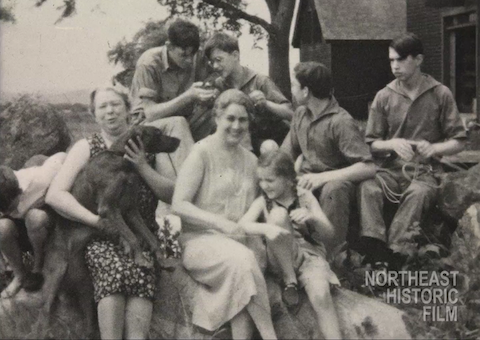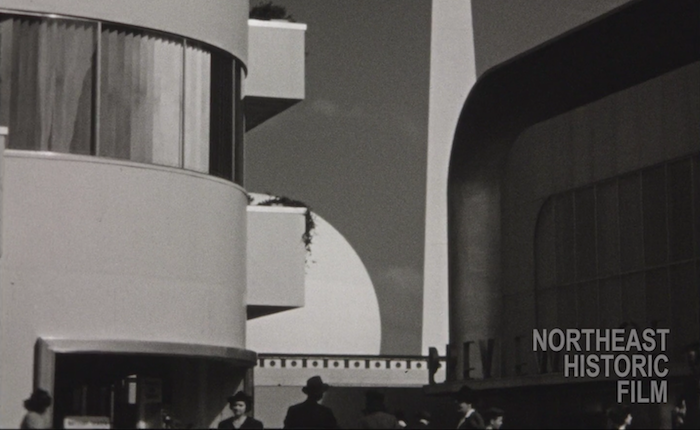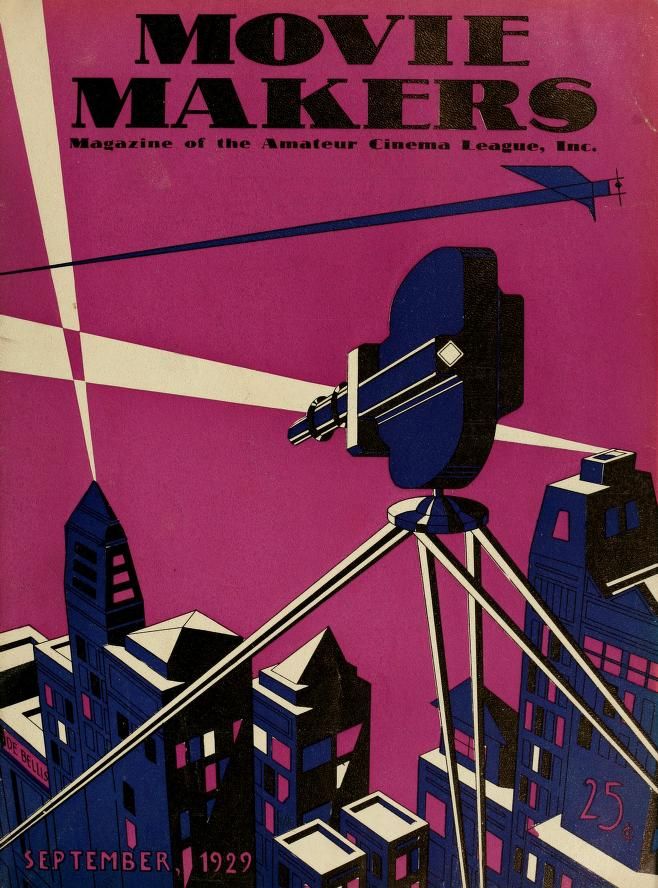
Paris, Maine, c. 1929-1930 (watch online)
Edited by Martha J. McNamara and Karan Sheldon, Amateur Movie Making: Aesthetics of the Everyday in New England Film, 1915-1960 (Indiana University Press, 2017) won this year’s “Best Edited Collection” at the Society for Cinema and Media Studies conference. The anthology is the result of a collaboration between Northeast Historic Film (NHF) archive and the academic film studies community, which is unique because the films discussed in the essays are simultaneously available for viewing on the NHF website. The project can therefore serve as a model for similar future collaborations.
Northeast Historic Film in Bucksport, Maine, has long been a center for the study of amateur film. Its founding curators Karan Sheldon and David Weiss have been champions of the medium. In addition to actively supporting research on amateur film through its annual Summer Symposium, the NHF was responsible for the getting From Stump to Ship (1930) onto the National Film Registry, only the fourth amateur film to be inducted. We can assume that the films discussed in the anthology represent a cross section of the NHF’s amateur film holdings. Appropriately, Karan Sheldon delivers the first essay on the history of Northeast Historic Film and its focus on amateur films, followed by Dino Everett’s essay on the technologies and formats of amateur films. Everett also contributes substantial notes on individual films, explaining their technical specifics and anomalies, an invaluable contribution, reminding us that hardware and software are of a piece.

New York World's Fair, 1939 (watch online)
The following 12 essays focus on a host of amateur New England filmmakers and their work, written partially by academics analyzing the films from outside, and partially by relatives of the filmmakers who provide family history and context to the readings of the films. In the case of home movies, as the editors argue, both the analytic and the personal are necessary for a complete understanding. These films were often silent and not meant for public viewing, but rather exhibited in the confines of the family, where the latter supplied the soundtrack of memories and anecdotes triggered by the images. However, as Whit Stillman’s essay on the films of his grandfather, Ernest Stillman, makes evident, there are limits to family history, because even if films are passed from one generation to another, stories get lost.
With the exception of Native American filmmaker Charles Norman Shay, discussed in an essay by Jennifer Neptune, all of the filmmakers represented in this anthology belong to the educated and moneyed elite of New England. That is not necessarily surprising, since most amateur filmmaking was beyond the reach of even the middle class until after World War II, when cheap Super 8 cameras and film opened the field to a broader socio-economic spectrum. Most of the films were thus produced by rich city folks who spent their summer holidays in their New England cottages. Also not surprising, all of the filmmakers are male, the lone exception being Elizabeth Woodman Wright, whose work is introduced by Mark Neumann and Janna Jones.

Taken collectively, these films tell us much about New England, as it existed in the first half of the 20th century, but also about the attitudes of the filmmakers toward country life, the clash between modernity and tradition, and changes brought about by automation and automobiles. Thus, some filmmakers, like Raymond C. Cotton and Henry Sturgis Dennison, produced little documentaries about local industries and agriculture; others, like Sidney N. Shurcliff, shot fictional narratives with friends and family. But beyond the social utility of these amateur films as domestic narratives or historical documents, the authors, Karen F. Gracy in particular, argue for the aesthetic values of these films, as works of art that deserve to be circulated by museums and other cultural institutions. Melissa Dollman, on the other hand, argues that home movies always bring up privacy issues, which must be considered before wholesale publication of private films. For her it is all about context: “…context of the original filming, the context of the original exhibition, and perhaps most critically, the context of our contemporary use of these materials.” (p. 247).
Personally, I was most interested in Charles Tepperman’s essay on Hiram Percy Maxim, who was the founder of Amateur Cinema League (ACL), editor and contributing writer to its monthly journal, Movie Makers, and himself an amateur filmmaker. The magazine was an incredibly important resource when I was researching my book on the first American film avant-garde, filmmakers who for the most part were also amateurs, which is why I called my book, Lovers of Cinema (University of Wisconsin Press, 1996). And it is the love of cinema that shines through in these essays and the films themselves, making this book a must read for all of us.
< Back to Archival Spaces blog






 Mobile Navigation
Mobile Navigation

